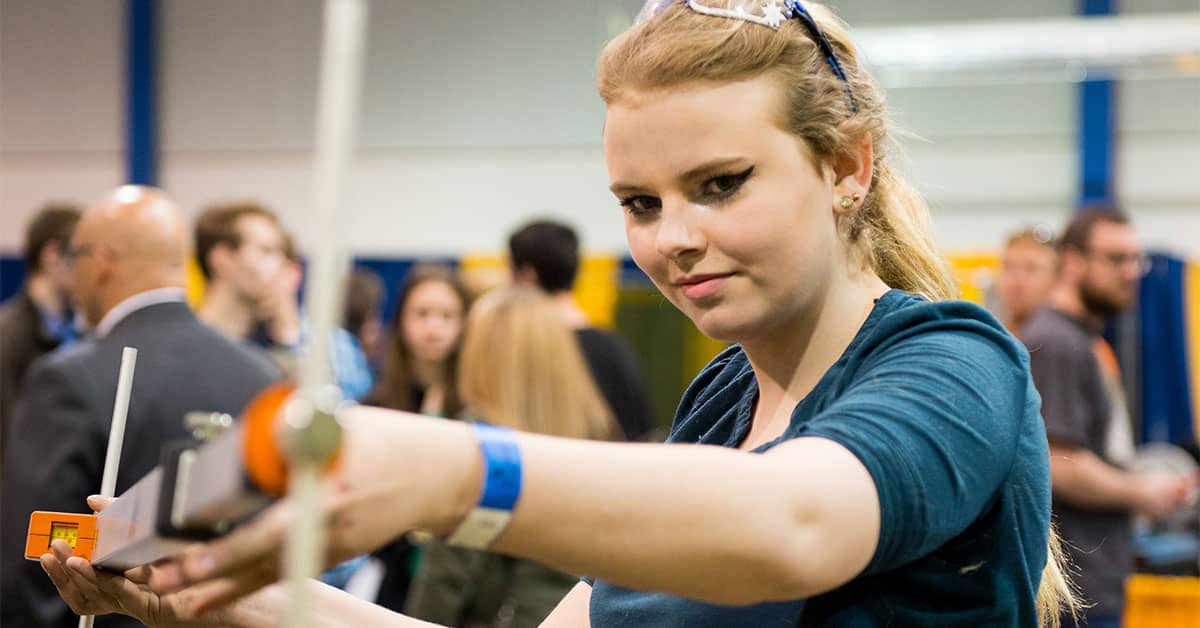;
;
;
Next Article
A story of the times that resonates everywhere

A Waterloo-based organization that works to educate Ontario teenagers about jobs in the skilled trades sector is praising the recent steps taken by the provincial government that provide high school students with an earlier introduction to the field. The Ministry of Education announced earlier this
Last updated on May 03, 23
Posted on Mar 30, 23
3 min read
